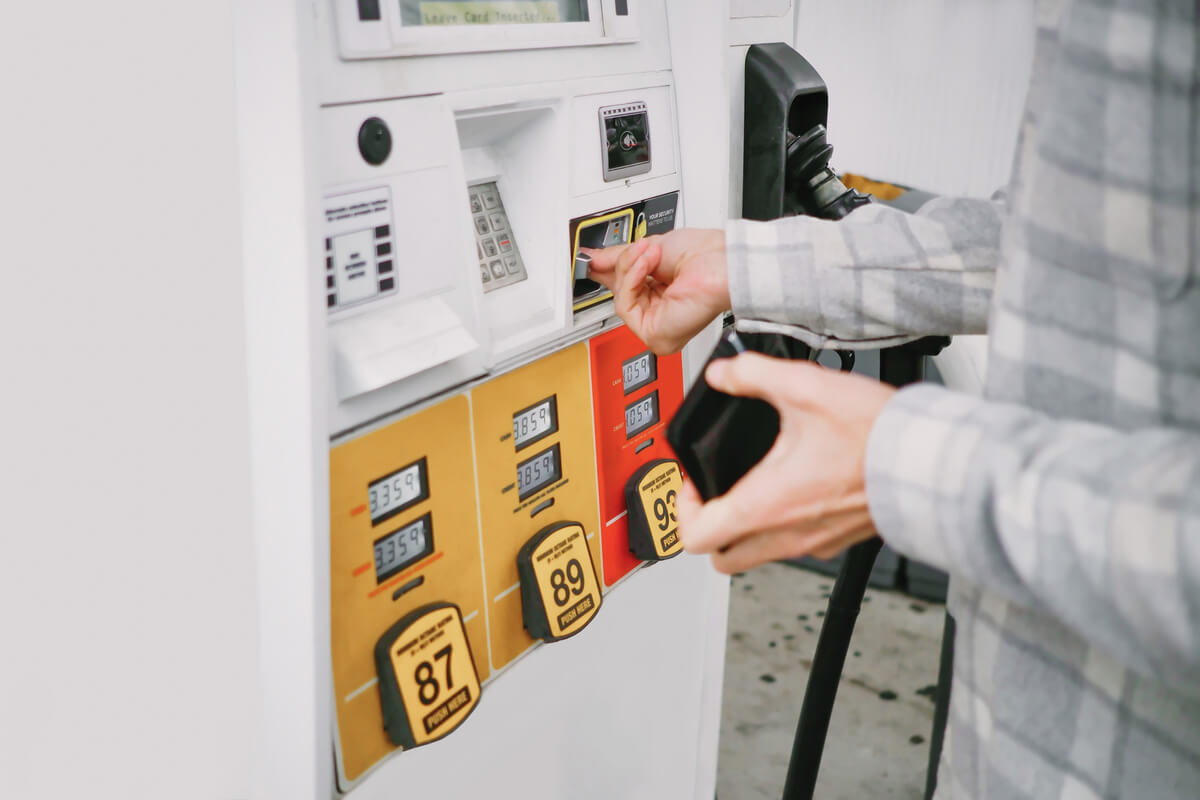2020 was a challenging financial year for many people, and the Coronavirus Aid, Relief, and Economic Security (CARES) Act offered many Americans relief from some of the money stressors caused by the COVID pandemic. With two stimulus checks behind us, there's now a third stimulus payment on the horizon.
However, some Americans are still owed past payments, which means many people may be wondering the best way to allocate these funds. So, what is the right thing to spend your stimulus money on? Your personal situation is unique, and there isn't a one-size-fits-all solution. But, here are some popular examples of great ways to use this cash. Which one best matches your money personality and situation?
How to use your stimulus check
Whether you pick one on the list below or spread your money out between a few, it's a good idea to have a plan for your stimulus funds. How are others spending it? These are the most popular ways we're seeing consumers use their funds, along with the benefits of each:
1. Paying down debt
Debt can take an emotional toll. Just looking at that looming credit card bill may cause you to feel uncertain about your financial future. The good news is that the stimulus check can put a dent in your credit card, student loan, mortgage, or auto loan bill. This is a great choice for people paying high interest rates or struggling to pay their minimum monthly payments.
Pros: Paying down debt has multiple benefits, including potentially lowering your monthly minimum payments (if you can't pay it all off) and offering some peace of mind. For those who have an unhealthy credit card utilization ratio, paying just a fraction of your total balance might boost your credit score, too!
2. Putting aside savings
If the pandemic caught you without much in your savings account, you might have been left struggling to deal with climbing consumer goods costs or even job loss. Having some extra money in a rainy day account doesn't just help you when things go really wrong (like in 2020), but can also put you in a position to pay for planned expenses, like a down payment on a home or that vacation you've been putting off.
Pros: Building up savings creates a safety net that can give you more choices if unexpected expenses happen. By putting some of your stimulus money away for the "what ifs," you are reducing the risk that you'll have to use expensive credit or even go without essentials during times of financial strain.
3. Buying something you need
We all have that list of things that would help us get ahead in life. From having a reliable car to help us get to work on time to that much-needed eye exam and a sturdy pair of glasses, it's likely that many of us have put off essentials because of a lack of money. The stimulus check is the opportunity for many to finally get those things we need for health, safety, security, or quality of life. If there is something you've needed for some time, consider how the stimulus money may be able to help.
Pros: Needs don't usually go away. If you've already put off a needed purchase, it may not be possible to put it off much longer. Investing in your needs puts money toward priorities before you have a chance to spend it on something less important.
4. Buying something you want
With so many needs on most people's lists, it may seem silly, frivolous, or even selfish to put money toward a want that's not absolutely essential. It's true that you should try to take care of your needs first, but that doesn't mean there's zero room for a fun purchase, as well. Whether it's a fancy dinner you cook at home or that best-selling book you've had your eye on, picking out one splurge item that's priced right isn't an unreasonable way to spend a small portion of your stimulus.
Pros: If it has been a long time since you bought something "just because," consider how a small purchase could fit into your stimulus budget. Your overall well-being is important, too!
So, where's my stimulus check?
If you are still waiting to receive your stimulus check, see the IRS website for more information. You can use this calculator to estimate how much you may expect to receive. After you calculate your expected total, take some time to plan where the funds will go if and when the payment arrives.


